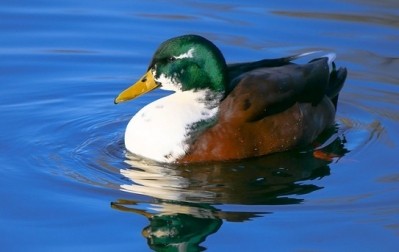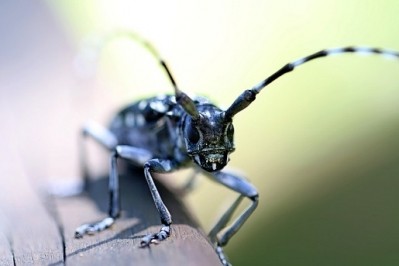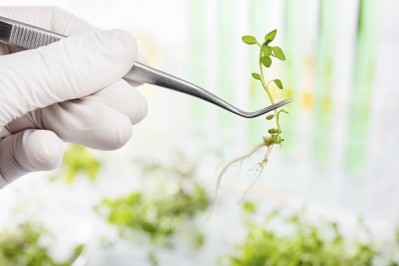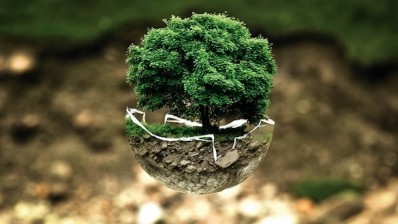“Elegant and sophisticated chemistries” - How biomimicry makes beauty better, part 1
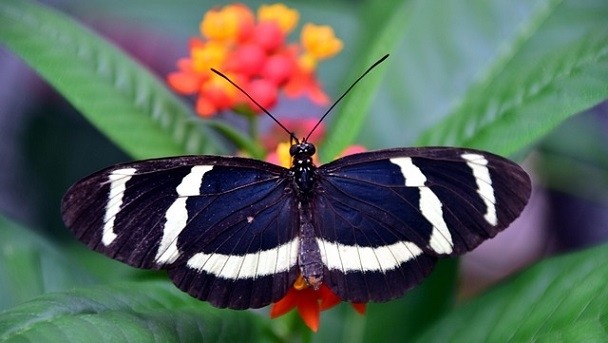
At the SCS, running from May 3 – 5, biomimetic chemist Mark Dorfman will be speaking about how the beauty industry can best take “inspiration from nature,” as his talk is subtitled.
Dorfman tells Cosmetics Design that “biomimicry makes sense for all industries because living organisms have already solved for virtually every function desirable in commercial products.”
The biomimetic advantage
“For the cosmetics industry, as with the majority of industrial sectors, chemistry is a key factor in achieving desired performance functionality; chemistry is also a key factor contributing to public and environmental health drawbacks associated with commercial product production, use, and after-life management.
“Similarly, chemistry is a major factor contributing to the functionality of materials and processes in the living natural world. In fact, you’d be hard pressed to find any desirable functionality in commercial products (e.g., adhesion, color, lubrication, scent, flavor, moisture management, self-cleaning, self-healing, etc, etc) that is not also a desirable functionality of materials produced by the living natural world. The difference is that over billions of years of evolutionary trial and error and the constraint of having to do chemistry in the same place that organisms survive, thrive, and raise their young, living organisms have figured out how to do chemistry that is not only high performing, but that creates conditions conducive to life.
“From that perspective, nature’s materials and processes, and the elegant and sophisticated chemistries that underlie their characteristics, are a rich source of innovative new chemistries that could both improve the performance of our industrial products and processes, and make them more sustainable. Biomimicry is a proven methodology that systematically taps into nature’s strategies to uncover and apply the design principles and deep patterns to the development of effective biomimetic solutions.”
For instance
Dorfman gave Cosmetics Design a couple examples of biomimetic beauty innovations in progress and practice:
“You probably already know of the efforts by L’Oreal to create pigment-less ‘structural’ color makeup inspired by structural color seen in brilliant butterfly wings, bird feathers, or beetle carapace.
“You may also know about HairPrint, a food-grade product that restores grey hair to its natural color….By taking inspiration from the sclerotization process of exoskeletal organisms, HairPrint taps into the instructions embedded in each hair shaft to direct the lego-like buildup of melanin-like molecules into a 3D structure that restores hair to its natural color.”
In part 2 of this article on how biomimicry makes beauty better, Dorfman shares insights on the sustainability of ingredients and products made using biomimetic design, and makes a clear distinction between biomimetics and biotech.
To learn more about the upcoming Sustainable Cosmetics Summit, click here.
